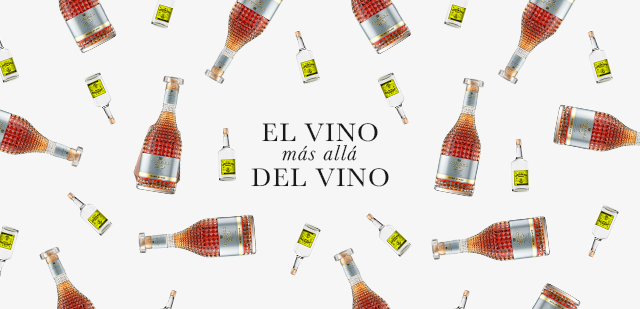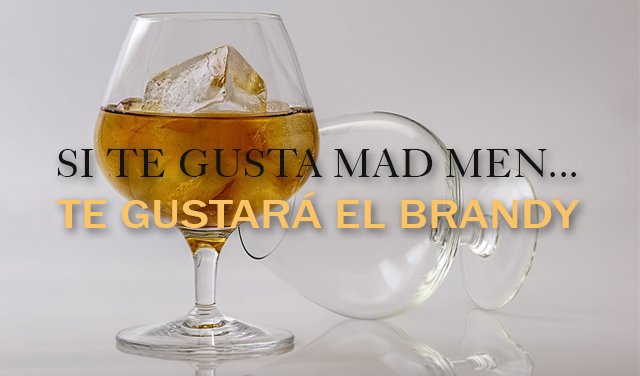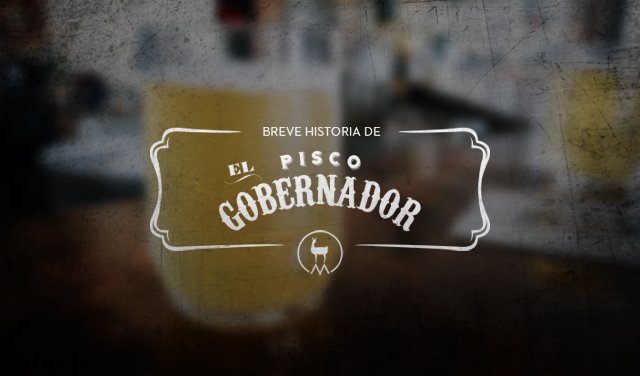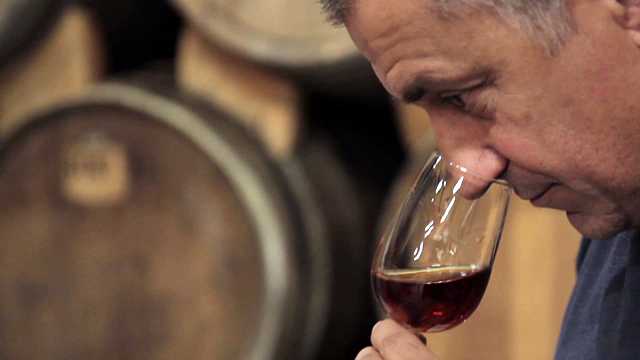Wine Beyond Wine

The wine world isn't just white, red and rosé. Spirits open the door to new experiences, nuances and flavors. They are another facet of the grape universe that is much vaster and older than one might imagine.
Distillation was already a common practice in ancient China. Around 800 B.C. the technique was used to obtain alcohol from rice.
The great civilizations of the ancient world—Egypt, Greece and the Roman Empire—also turned to distillation to capture the essence of nature, the spirit of plants and flowers.
However, it was the Arab scholars and alchemists who revolutionized the process with the invention of the pot still, which represented a huge leap forward. They used the distillates to produce medicine, perfumes, essential oils and other beauty products.
Now let's travel through time and space to meet one of the most important figures in the history of distillation: Arnau de Vilanova, a Catalan physician, theologian, and professor at the University of Montpellier. In 13th-century Penedès, driven by scientific curiosity and spirituality, he distilled wine with the goal of finding and extracting its soul.
The soul remains a mystery, but he did leave us an incredibly valuable legacy in book form: Liber Aqua Vitae, a leading manual at its time which laid the theoretical and practical foundations for modern distillation.
Below we'll take a brief look at three major grape spirits.
BRANDY
The king and grape spirit par excellence. Over time, the elegance and versatility of brandy have made it a favorite among skilled mixologists who know that the purity of wine spirits make for excellent quality.
The word “brandy” apparently derives from the Dutch brandewijn (burnt wine). During the 18th century, the Dutch burned their wine to reduce its volume, making it easier to transport and trade the barrels. By doing so, they obtained a new liquid, which turned out to be just as interesting and more complex than the original wine.
Early-ripening white varieties (Parellada, Ugni Blanc, and others) produce wines that are low in alcohol and high in acidity.
Double distillation concentrates the subtle aromas of the wine, and prolonged aging in oak casks brings out unctuous notes of spices (vanilla and cinnamon) and dried fruit (toasted hazelnuts and walnuts).
For example, Torres 20 Hors d'Age, one of the winery's classics, which was named the world's best brandy on two occasions. Noble dark amber in color, with a deep, warm aroma that reveals subtle hints of nuts and dried fruit. It displays elegant notes of spices and a wonderfully lush, velvety texture.
ORUJO
The liquor par excellence is obtained by distilling pomace, the resulting compact paste of skins from the pressing of the grape. Italian Grappa, Galician oruxos, Portuguese bagaceiras … are all different names for a style of wine that has had a changing role in society, and that is usually made from winemaking byproducts.
Today Orujo enjoys a different status and the best examples are highly prized.
PISCO
Pisco is 38 to 48 percent ABV and primarily made in Peru and Chile, where our sister winery produces El Gobernador. Pisco is made by distilling Muscat Rose and Muscat of Alexandria wines and marc. After distillation, the finest piscos are aged in clay jars (the traditional method) although unaged piscos are also very common.
El Gobernador is a brilliant pisco with silver highlights made from the varieties Muscat Rose and Muscat of Alexandria. It has an exuberant floral aroma with notes of rose and jasmine framed by candied citrus peel. Round, luscious, even creamy on the palate with a long lingering finish.
Pisco comes in different styles. Puro or pure pisco is made from a single variety and displays a complex palate and demure nose. Mosto Verde (green must) contains some residual sugar, because the pisco is distilled before completing fermentation. Finally we have Aromático or aromatic pisco, made from the most seductive and aromatic varieties.
SINGANI
Known as Bolivia's national drink, singani is a grape spirit made from Muscat of Alexandria, mainly in the regions of Tarija, Chuquisaca and Potosí.
Singani is the main ingredient in many traditional Bolivian cocktails, including the popular Chuflay, and is also widely used in cooking and desserts.
Much like pisco, singani comes in different styles. Singani de Altura or high-altitude singani is the most popular. It is double distilled from Muscat grapes grown at a minimum elevation of 1600 meters.
Spirits have an intangible quality, a kind of golden aura of prestige. Complexity, history and seduction unfold across the palate along with timeless aromas and flavors that recall the days of alchemy.
These are spirits to truly savor. Enjoy!



